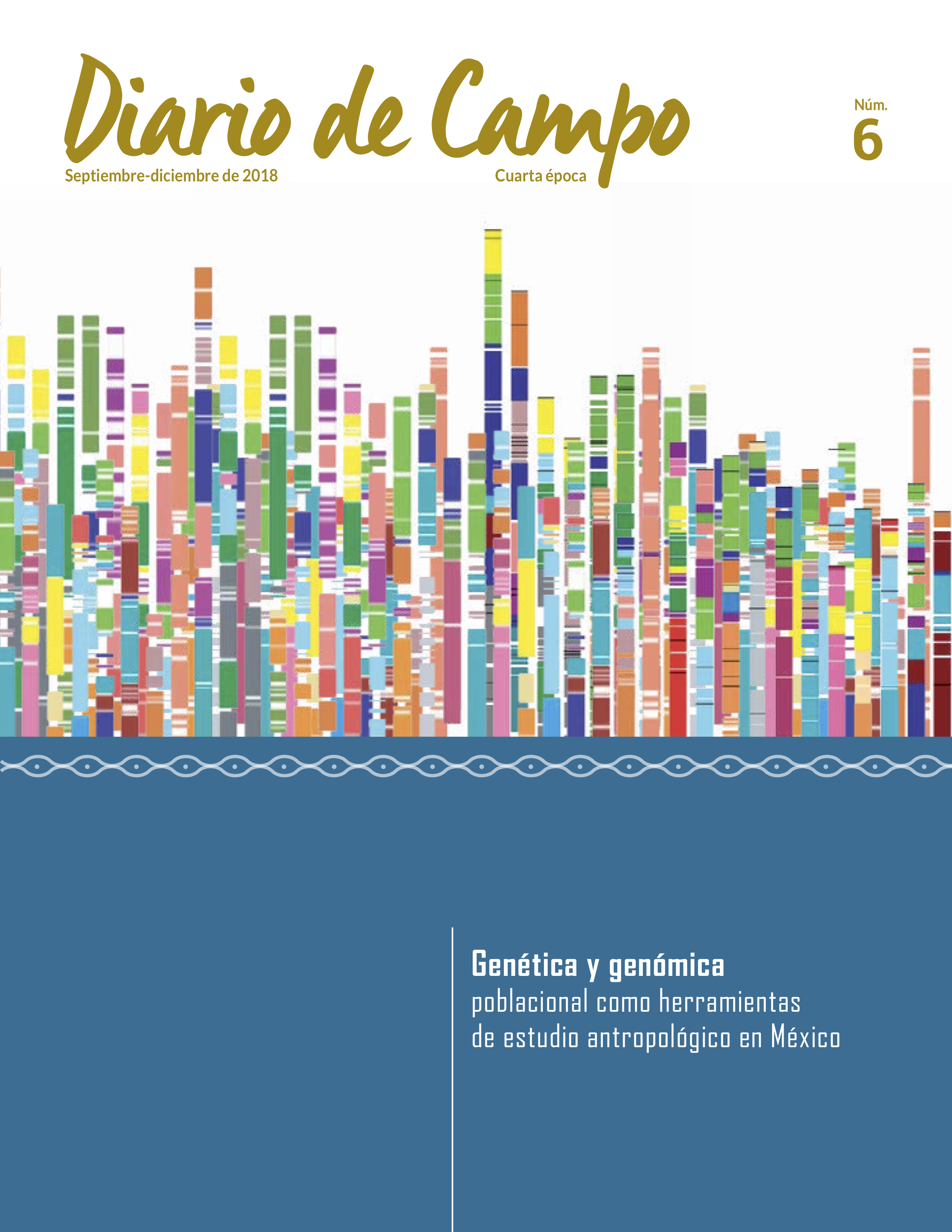One last interview: molecular tracking of a piece of bone from a pre-hispanic context
Abstract
With the intention of bringing all the actors and spectators closer look to the transformations that a bone fragment undergoes, from its departure from the microenvironment in its archaeological context to becoming part of the discussion of a published article or book, in this section the author guides us through all the analytical steps, complementing with photographic material to make the experience of ancient DNA accessible beyond articles and reports to the general public, this in order to expose the journey that unites the bone piece with its participation in the scientific discussion.
Downloads
References
Allentof, Morten E. et al. (2015). “Population genomics of Bronze Age Eurasia”. Nature, 522, pp. 167-172.
Brandini, Stefania et al. (2018). “The Paleo-Indian entry into South America according to mitogenomes”. Molecular Biology Evolution, 35, pp. 299-311.
Briggs, Adrian W. et al. (2010). “Removal of deaminated cytosines and detection of in vivo methylation in ancient DNA”. Nucleic Acids Research, 38, p: e87.
Higuchi, Russell et al. (1984). “DNA sequences from the quagga, an extinct member of the horse family”. Nature, 312, pp. 282-4.
Hofreiter, Michael et al. (2001). “DNA sequences from multiple amplifications reveal artifacts induced by cytosine deamination in ancient DNA”. Nucleic Acids Research, 29, pp. 4793-4799.
Hotchner, Aaron (1966). Papa Hemingway: A personal memoir. Nueva York: Random House.
Márquez Morfín, Lourdes (2010). “Morir por los dioses… y uno que otro humano. Sacrificio de niños en Chichen Itzá o práctica funeraria”. En Lourdes Márquez Morfín. Los niños, actores sociales ignorados. Levantando el velo, una mirada al pasado (pp. 253-282). México: ENAH-INAH / Conaculta / PROMEP.
Meyer, Matthias, y Kircher, Martin (2010). “Illumina sequencing library preparation for highly multiplexed target capture and sequencing”. Cold Spring Harbor Protocols, 2010 (6): prot5448. doi:10.1101/pdb. prot5448.
Pääbo, Svante (1985a). “Preservation of DNA in ancient Egyptian mummies”. J Arch Sci, 12, pp. 411-417.
_____ (1985b). “Molecular cloning of Ancient Egyptian mummy DNA. Nature, 314, pp. 644-645.
Pinhasi, Ron et al. (2015), “Optimal ancient DNA yields from the inner ear part of the human petrous bone”. PLoS One, 10, p. e0129102.
Saint Pierre, Michelle de et al. (2012). “An alternative model for the early peopling of southern South America revealed by analyses of three mitochondrial DNA haplogroups”. PLoS One, 7, p. e43486.








